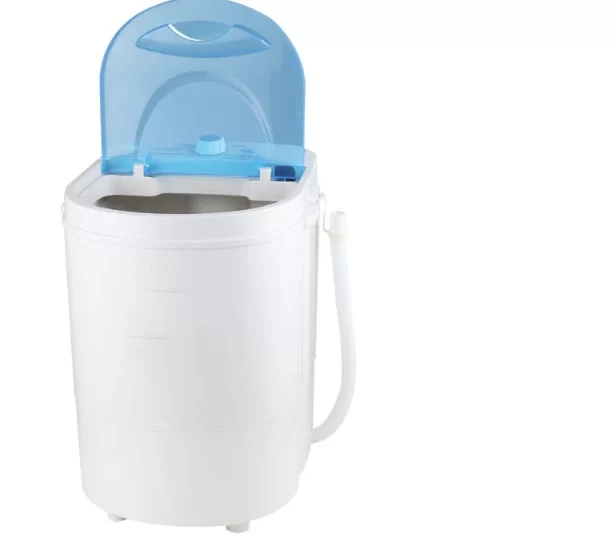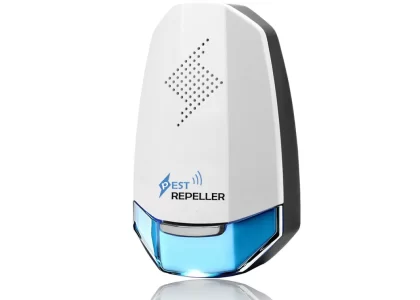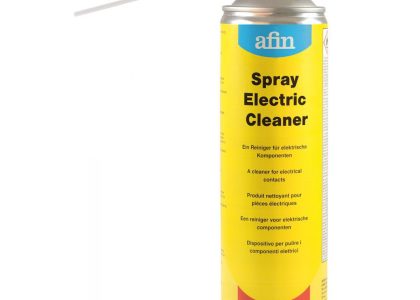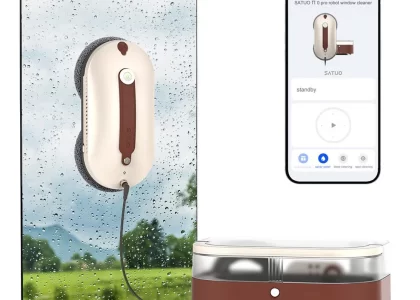 Introduction:
Introduction:
Having a washing machine that won’t spin can be a frustrating experience, as it prevents you from effectively cleaning your clothes. Fortunately, many common issues causing this problem can be identified and resolved without the need for professional assistance. In this comprehensive article, we will explore the possible reasons why your washing machine won’t spin and provide simple troubleshooting steps to help you diagnose and fix the issue. By understanding the underlying causes and following the recommended solutions, you’ll be able to get your washing machine back up and running smoothly.
 There are several types of washing machines available in the market. Here are some common types:
There are several types of washing machines available in the market. Here are some common types:
Top-Loading Washing Machines:
These are the most traditional and commonly used washing machines. They have a vertical drum, and clothes are loaded from the top. They are generally more affordable, have shorter wash cycles, and are easier to load and unload.
Front-Loading Washing Machines:
Front-loading machines have a horizontal drum and a door at the front for loading clothes. They are known for their energy and water efficiency, as well as their ability to handle larger loads. They generally provide better cleaning performance and gentler treatment of clothes.
Semi-Automatic Washing Machines:
Semi-automatic machines have separate wash and spin tubs. These machines require manual intervention to transfer clothes from the wash tub to the spin tub. They are generally more affordable and offer greater control over the washing process.
Fully Automatic Washing Machines:
Fully automatic machines can be further classified into two subtypes – top-loading and front-loading. These machines do not require manual intervention to transfer clothes between wash and spin cycles. They offer a range of features and settings, including programmable wash cycles and various load capacities.
Compact Washing Machines:
Compact washing machines are designed for small spaces or for portable use. They are smaller in size, have lower load capacities, and can be top-loading or front-loading.
High-Efficiency (HE) Washing Machines:
HE machines are designed to use less water and energy compared to traditional top-loading machines. They are known for their efficiency, water-saving features, and specialized detergents.
Washer-Dryer Combo:
Washer-dryer combo machines combine both washing and drying functions into a single unit. They save space and offer convenience by eliminating the need for a separate dryer.
These are some of the common types of washing machines available. Each type has its own advantages and considerations, so it is important to choose the one that suits your specific needs and laundry requirements.
 Power and Basic Checks
Power and Basic Checks
Power Supply:
Check if the washing machine is properly plugged into a functioning power outlet.
Ensure that there is no power outage in your area that could be affecting the machine’s operation.
Door/Lid Sensor:
If your washing machine has a sensor that detects whether the door or lid is securely closed, ensure that it is not faulty or obstructed.
Make sure that the door or lid is tightly closed, as some machines won’t spin if they detect a possible safety hazard.
Load Balance and Overloading
Imbalanced Load:
Unevenly distributed laundry inside the drum can cause the washing machine to malfunction and fail to spin.
Check if the load is evenly distributed and reposition the items to balance the weight.
Overloading:
Overloading the washing machine can strain the motor and prevent it from spinning properly.
Reduce the load size and follow the manufacturer’s recommended guidelines for maximum load capacity.
Draining and Pump Issues
Clogged Drain Hose:
Check the drain hose for any obstructions or kinks that may be preventing proper water drainage.
Clear any debris or blockages to ensure smooth water flow.
Damaged or Clogged Pump:
A malfunctioning or clogged pump can prevent the washing machine from draining water and spinning.
Clean or replace the pump, following the manufacturer’s instructions, if needed.
Drum Belt and Motor Problems
Worn or Broken Drum Belt:
Check if the drum belt is worn out, loose, or broken.
Replace the belt if necessary, ensuring that it is properly installed and tensioned.
Motor Malfunction:
A faulty motor can lead to the washing machine’s inability to spin.
Contact a professional technician to diagnose and repair any motor-related issues.
 Control Panel and Electronics
Control Panel and Electronics
Control Panel Settings:
Verify that the washing machine’s settings and programs are correctly selected for the desired spin cycle.
Review the operating manual for specific instructions on adjusting the spin settings.
Electronic Issues:
Electrical component failures or software glitches can disrupt the spin function.
Reset the electronic controls by unplugging the machine, waiting for a few minutes, and plugging it back in.
Here are some tips for the daily maintenance of a washing machine:
Proper daily maintenance of your washing machine is essential to ensure its smooth operation and longevity. Here are some tips for the daily maintenance of a washing machine:
Clean the Drum:
Regularly clean the drum of your washing machine to remove any dirt, lint, or residue that may accumulate over time. Wipe the drum with a damp cloth or sponge and use a mild detergent if necessary. Avoid using abrasive cleaners or scouring pads that may damage the drum surface.
Wipe the Door and Rubber Seal:
After each wash, wipe the door and rubber seal of your washing machine with a clean, damp cloth to remove any detergent or debris residue. This prevents the buildup of mold or mildew and keeps the seal in good condition.
Check and Clean the Filters:
Check and clean the filters of your washing machine regularly. The lint filter or pump filter may become clogged by lint, hair, or other debris. Refer to the user manual for instructions on how to locate and clean the filters properly.
Use the Right Detergent:
Use appropriate detergents for your washing machine and laundry needs. Too much detergent can create excess suds and cause problems with the washing machine’s performance. Follow the manufacturer’s recommendations for detergent type and usage.
Leave the Door Open:
After each wash cycle, leave the door of the washing machine open for a while to allow air circulation and let the drum and other parts dry. This helps prevent the development of mold or mildew.
Avoid Overloading:
Avoid overloading the washing machine with too many clothes. Overloading can strain the machine’s motor, reduce cleaning effectiveness, and potentially damage the drum or other components.
Check Water Connections:
Regularly inspect the water supply hoses and connections. Look for any signs of leaks, cracks, or bulges. Replace damaged hoses promptly to prevent water damage or flooding.
Run Regular Maintenance Cycles:
Some washing machines have built-in maintenance or cleaning cycles. Follow the manufacturer’s instructions to run these cycles periodically to remove any buildup or residues that may affect the machine’s performance.
By following these daily maintenance tips, you can keep your washing machine in good condition, maximize its performance, and prevent potential issues in the long run.
 Conclusion:
Conclusion:
Having a washing machine that won’t spin can be frustrating, but by following the troubleshooting tips outlined in this article, you can often diagnose and resolve the issue without professional help. From checking power supply and load balance to inspecting drain hoses and belts, you can take steps to identify the problem and implement the necessary solutions. Remember to exercise caution when performing any repairs or maintenance on your washing machine and to consult the manufacturer’s instructions or seek professional assistance when needed. With a little troubleshooting and minor repairs, you’ll be able to get your washing machine back to spinning and effectively cleaning your laundry.





